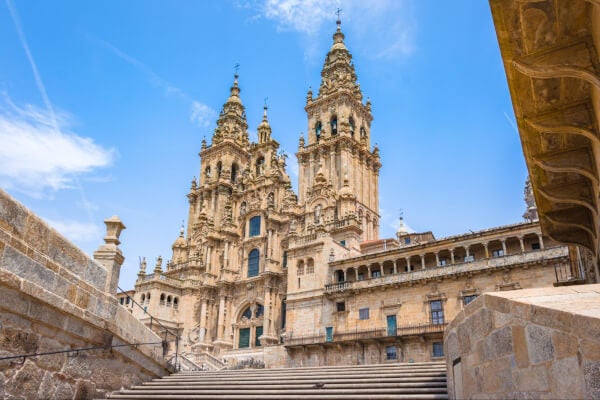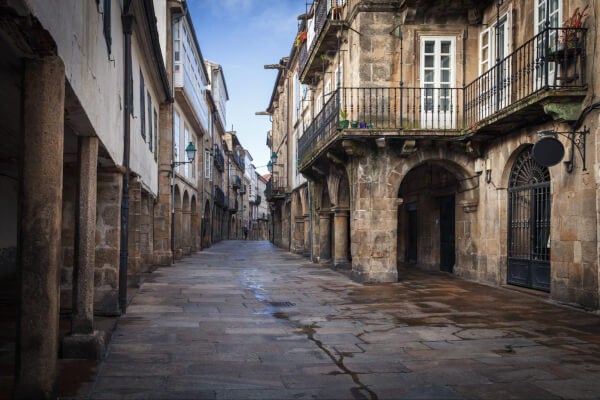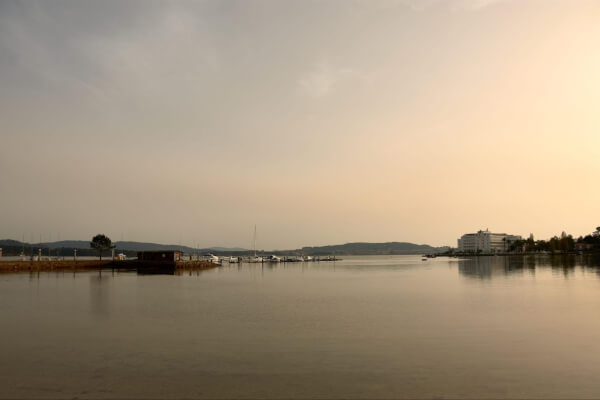Keep exploring
-
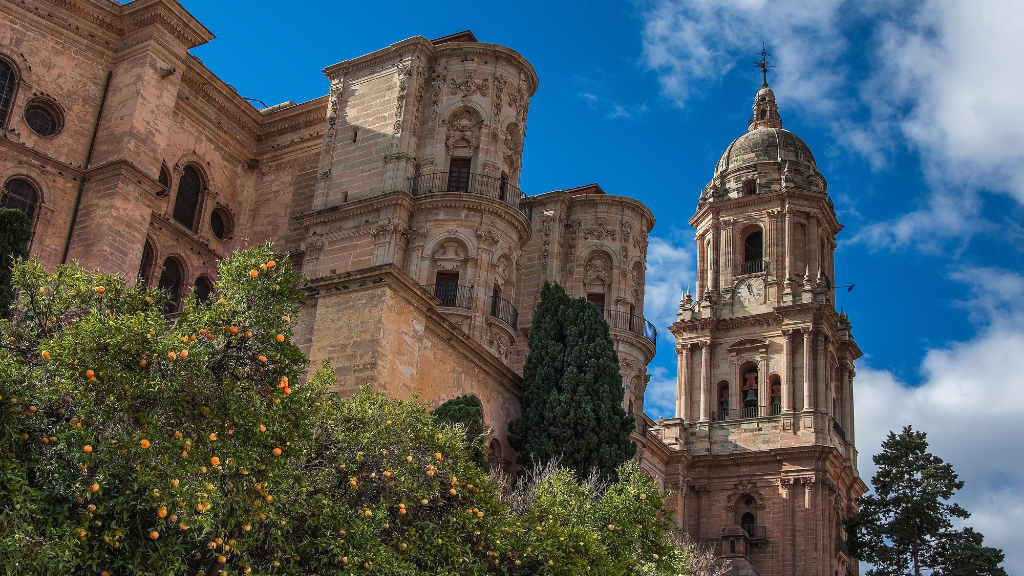
With just over a month to go before winter begins, Malaga once again becomes one of the most appealing destinations in southern Spain at this time of year. Its mild climate, lively atmosphere and variety of landscapes make the capital of Costa del Sol perfect for a winter getaway, whether ...
-

If you’re travelling to the Costa Blanca, hiring a car at Alicante Airport is without doubt the most convenient and practical way to begin your adventure. Alicante–Elche Miguel Hernandez Airport is one of the busiest in Spain, welcoming thousands of visitors each week in search of sunshine, beaches, and excellent ...
-
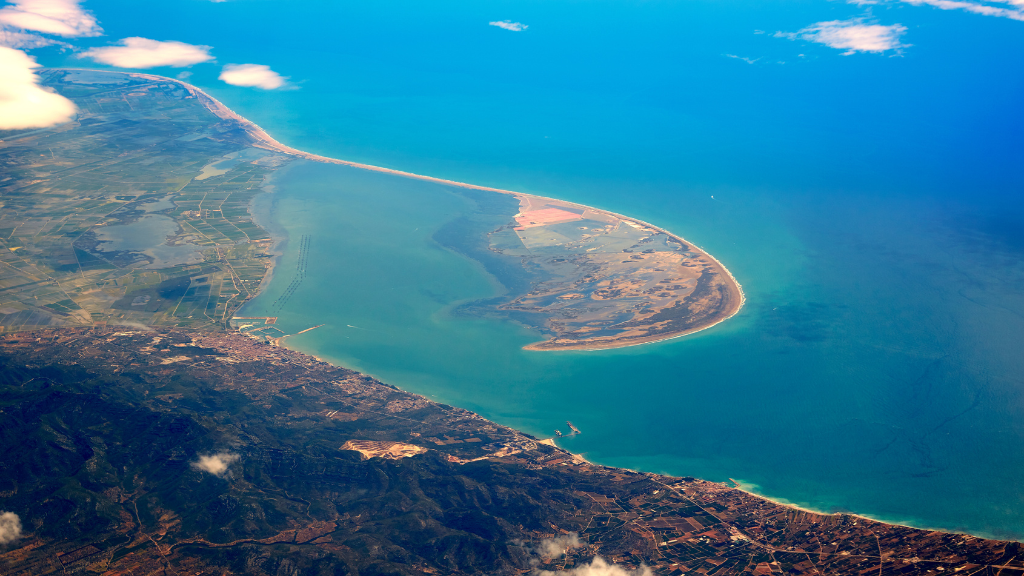
Just over two hours from Barcelona lies one of Catalonia’s most stunning natural spots: the Ebro Delta. It’s where Spain’s largest river meets the Mediterranean Sea, creating a unique landscape of rice fields, lagoons, beaches and rich biodiversity. It’s a place that quietly attracts nature lovers, birdwatchers and curious travellers ...
-
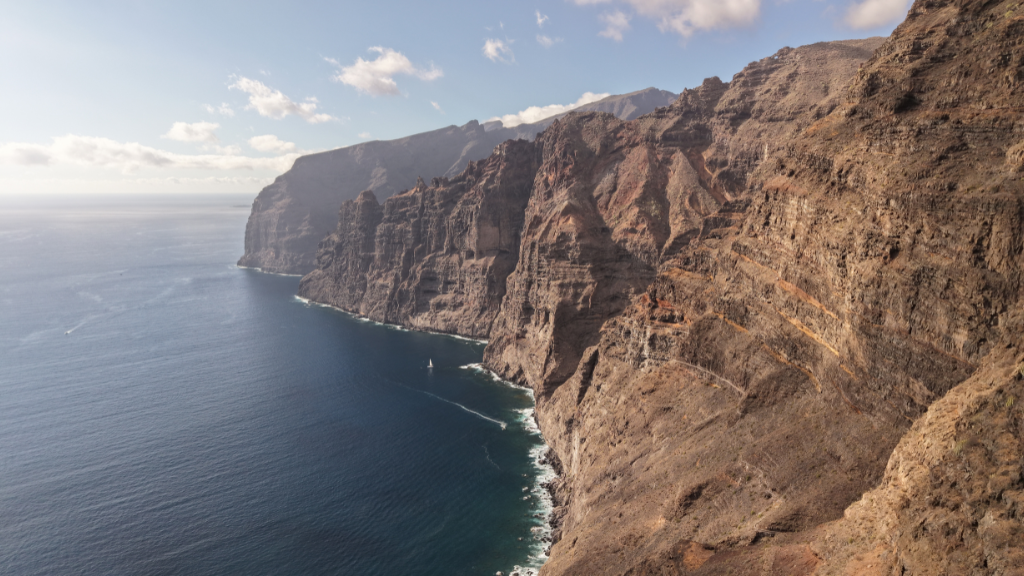
The true magic of Tenerife lies where lava meets the sea. Along its northern coast, far from the crowds, you’ll find some of the island’s most stunning natural treasures: rock pools, known locally as charcos. These dramatic spots, shaped by volcanoes and the Atlantic Ocean, are perfect for a refreshing ...
-
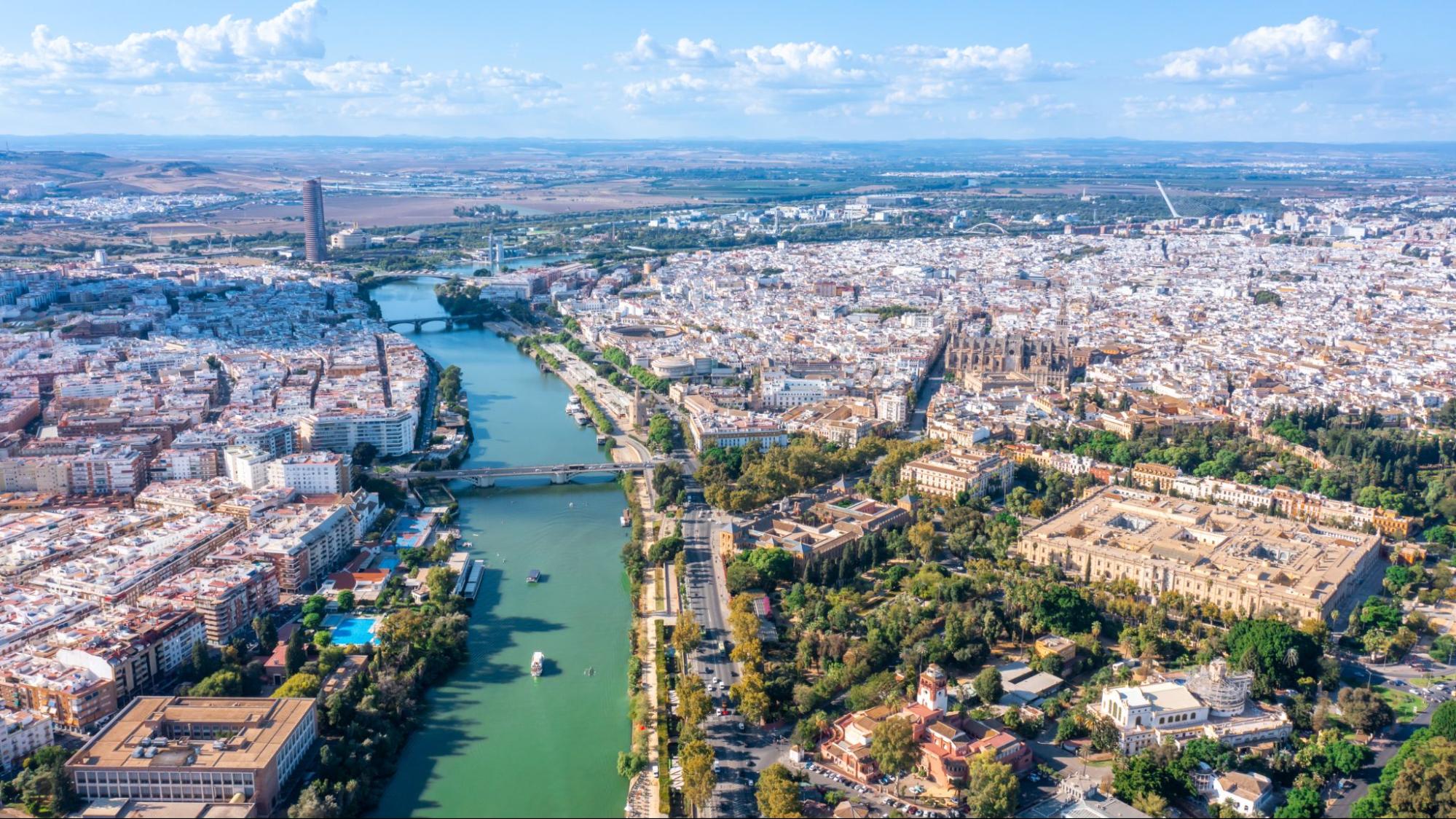
Seville welcomes over two million visitors each year, many of whom are ready to explore not just the city itself, but also the surrounding region. Whether arriving at the airport or Santa Justa train station, getting around is pretty easy with your own vehicle. That’s why hiring a car in ...
-
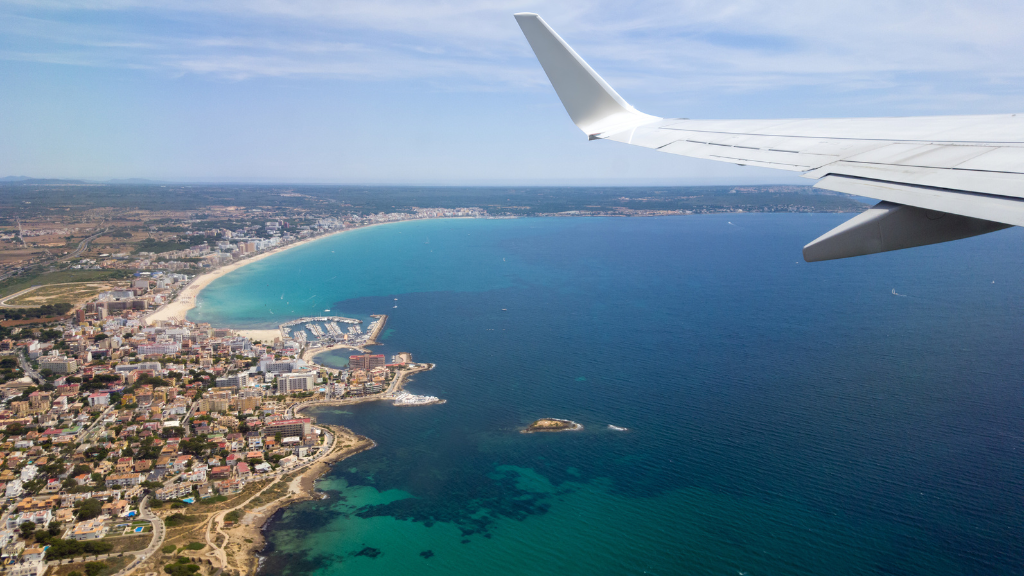
Landing at Mallorca Airport, kicking off your holiday on the beautiful Mediterranean island, and having a hire car ready and waiting…what could be better? The freedom to explore the island at your own pace, without relying on timetables or public transport, is one of the biggest advantages of hiring a ...
-
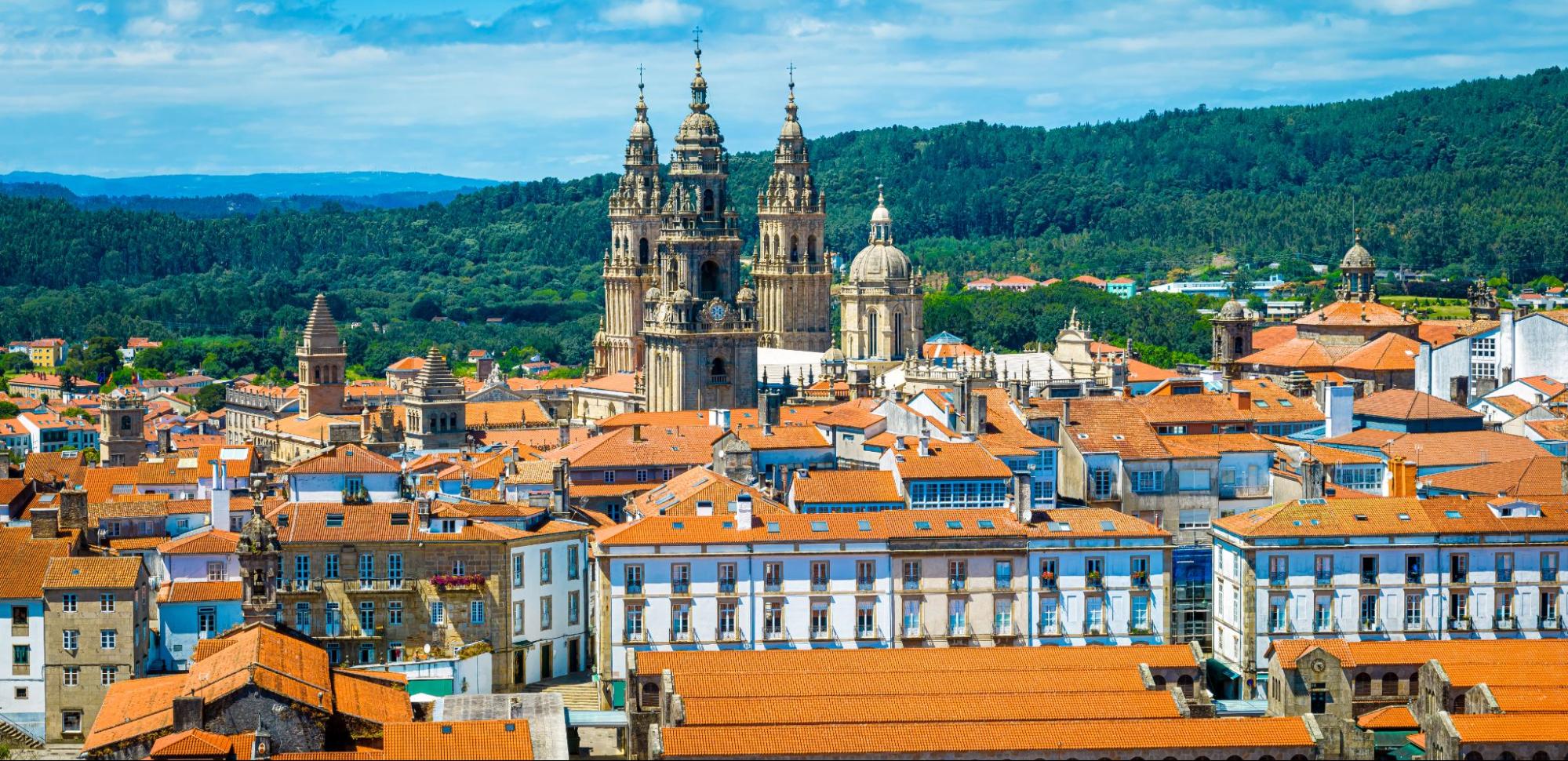
Looking for somewhere to park in Santiago de Compostela? The Galician capital is a must-visit destination for any traveller. However, the city’s charm also comes with a small challenge if you’re driving, as traffic in the old town is restricted and parking spaces are limited. In this guide, we’ll show ...
-
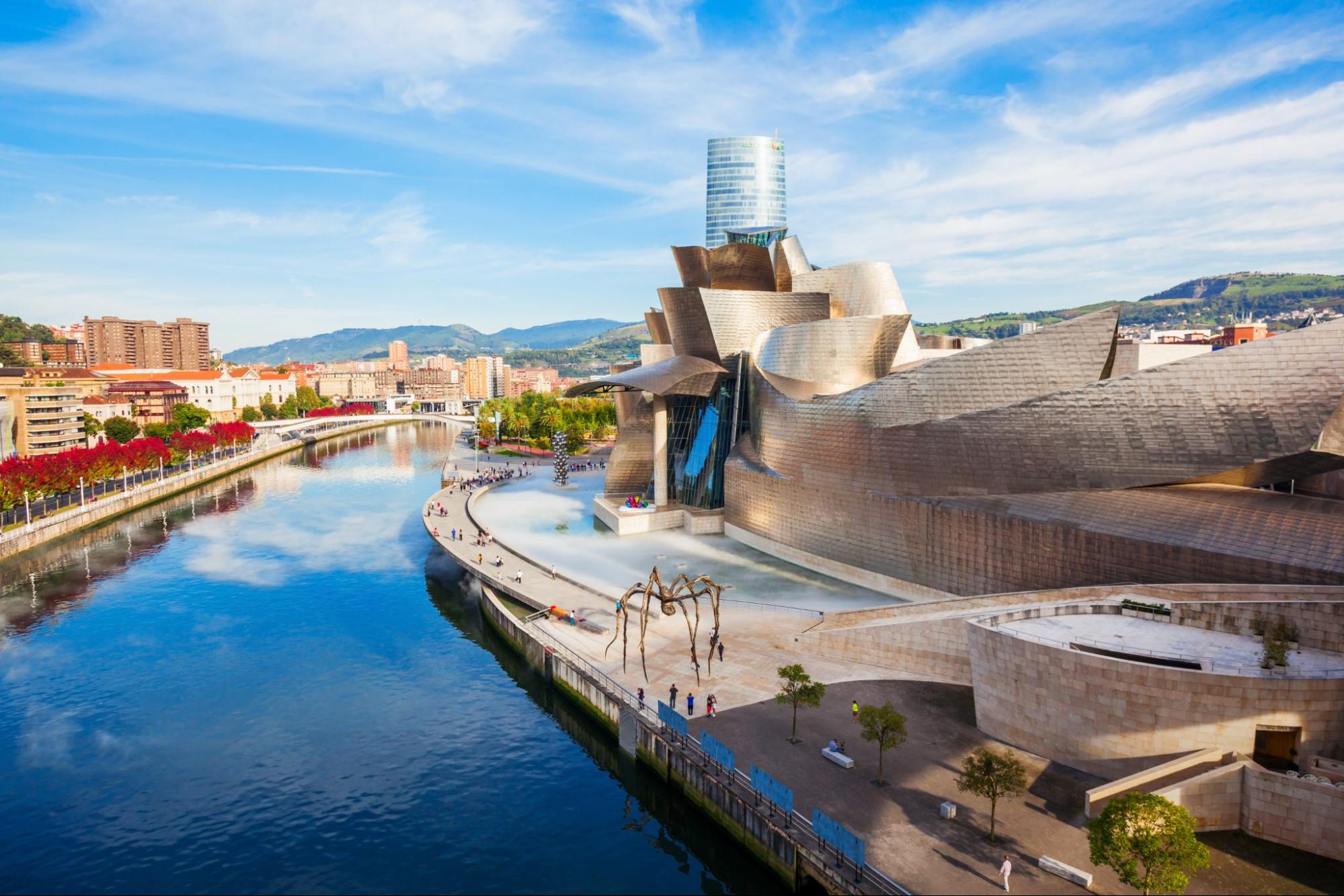
Imagine arriving in Bilbao and instantly having the freedom to plan your own route: strolling through the avant-garde architecture and the central markets, stopping in a tavern in the Old Town (Casco Viejo) to try a pintxo (tapa), and within minutes swapping the city for more natural landscapes. Behind the ...
-

Barcelona–El Prat Airport welcomes thousands of travellers every day, many of whom aren’t heading to the Catalan capital, but for another destination: Girona. In just over an hour, you can go from Barcelona’s main gate to a city that boasts one of the best-preserved historic quarters in all of Spain. ...
-

If you are looking for a place that combines sea, sun and beautiful landscapes full of nature, Fuerteventura is just what you are asking for. This Canary Island, declared a UNESCO Biosphere Reserve, boasts more than 150 kilometres of unspoiled coastline. In this article, we will show you the best ...
-
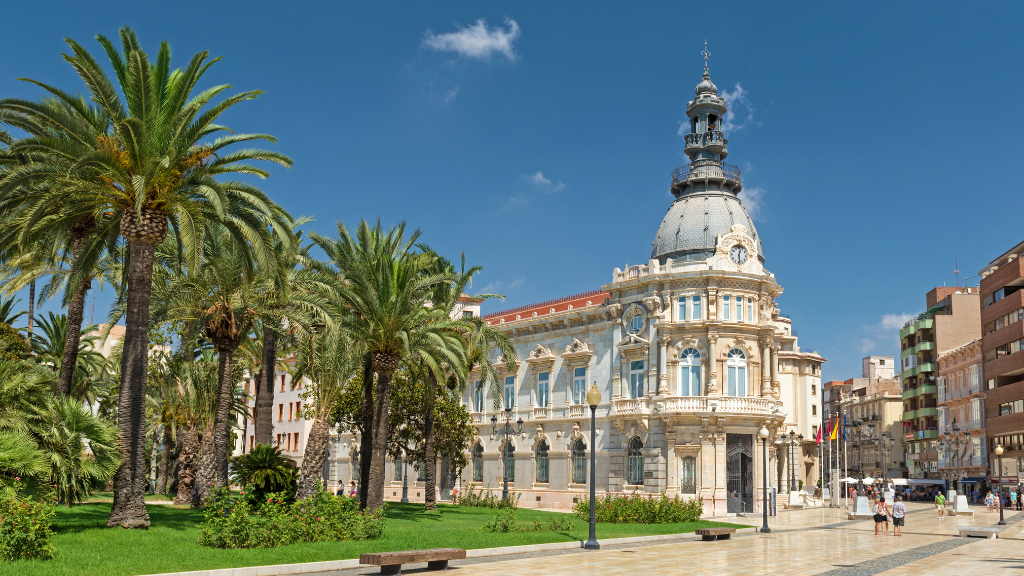
Murcia might not always feature on the most-visited lists in Spain, but that’s exactly part of its charm. It’s one of those destinations that wins you over through exploration—the more you see, the more you will like it. Its rich history, delicious cuisine and stunning landscapes make it a must ...
-
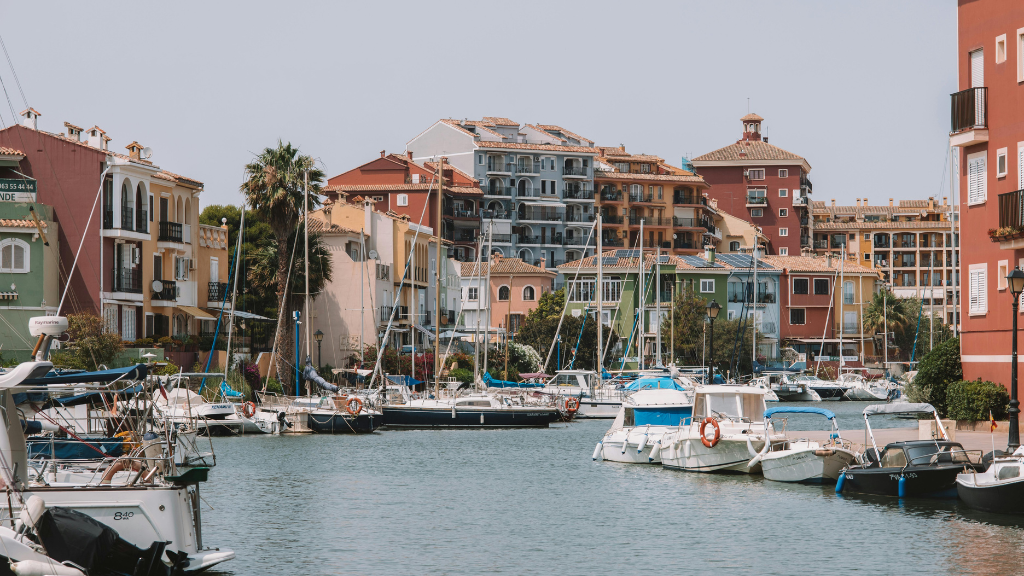
Beyond its reputation for rice dishes, Valencia is also famed for its stunning coastline along the Mediterranean Sea, home to some of the finest beaches in all of Spain. From fully serviced seaside spots to untouched natural coves, the province of Valencia offers everything you need for soaking up the ...


